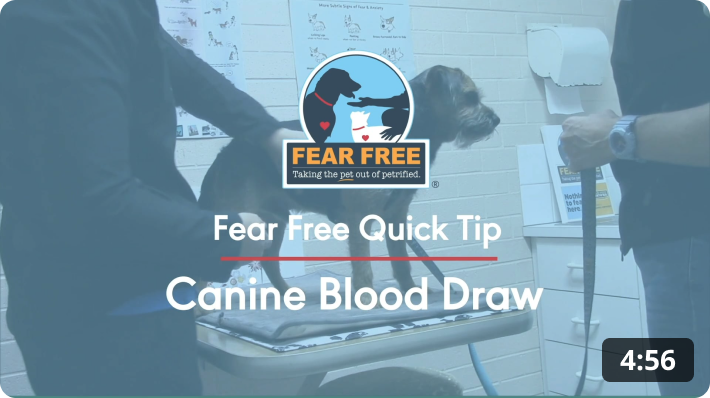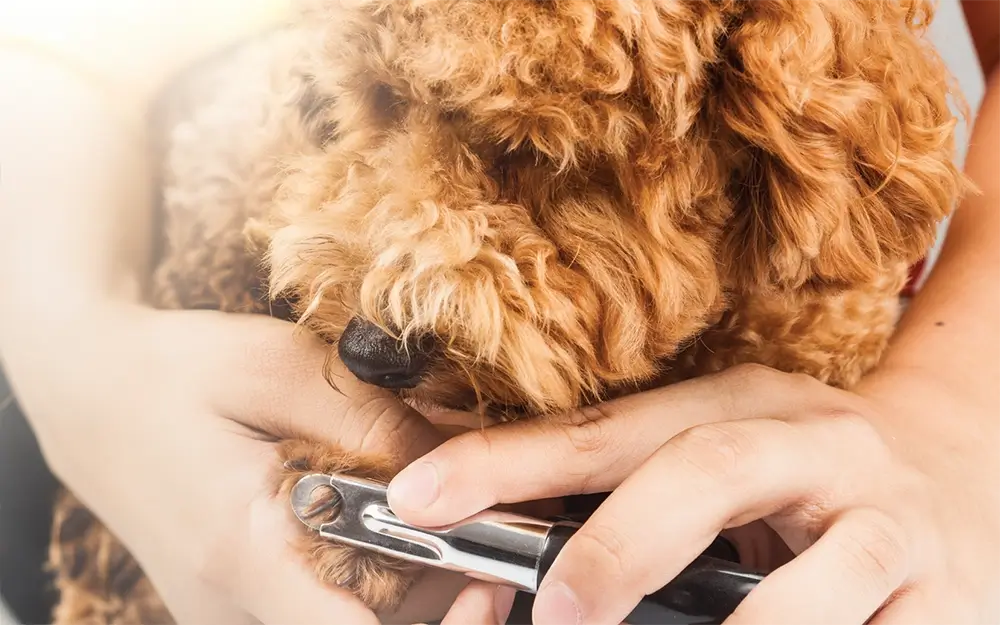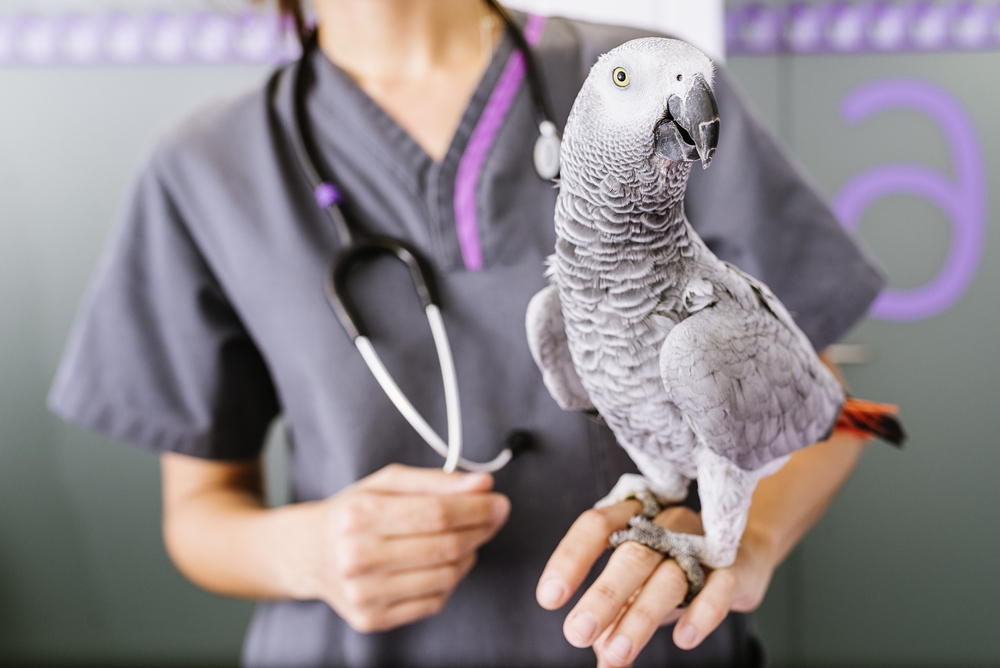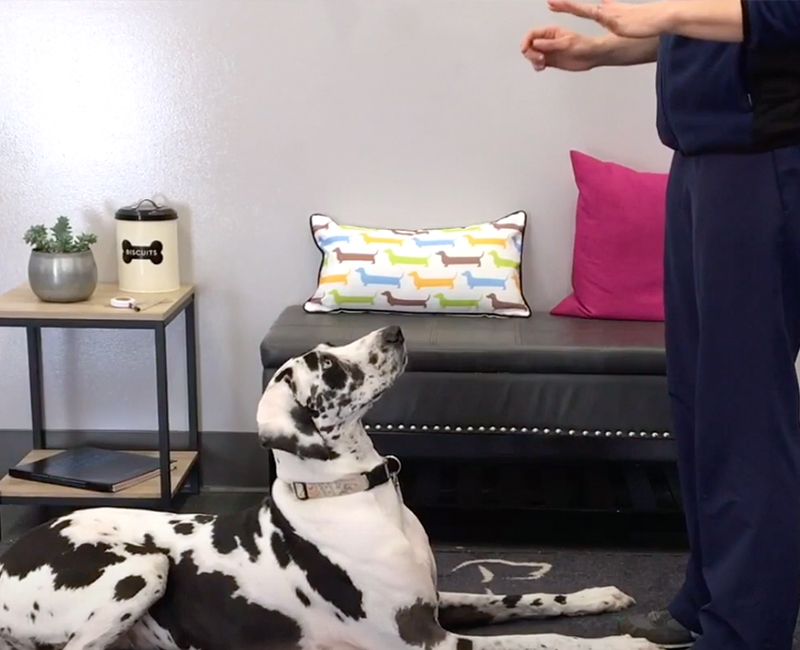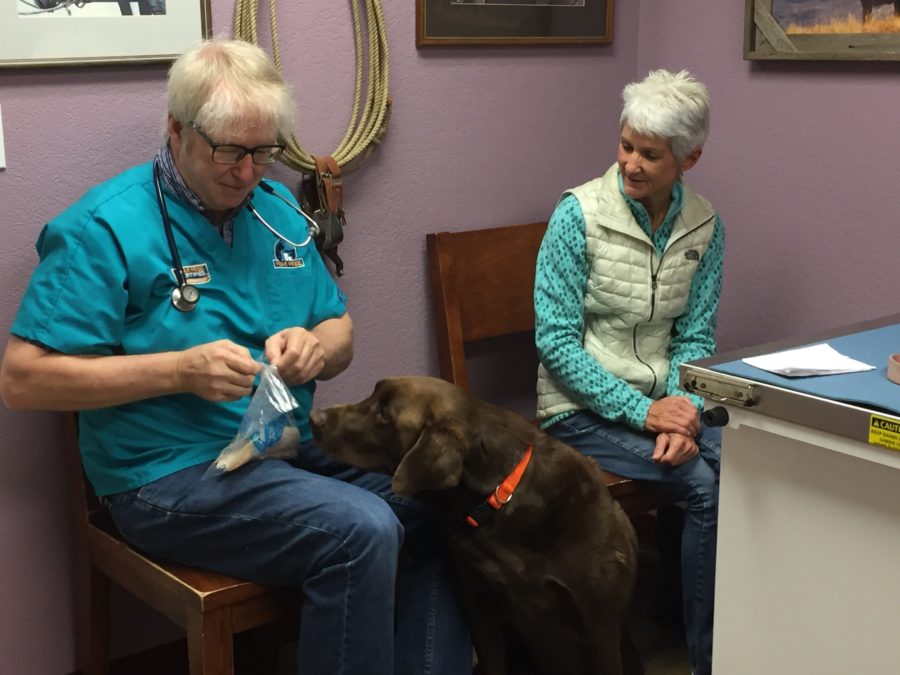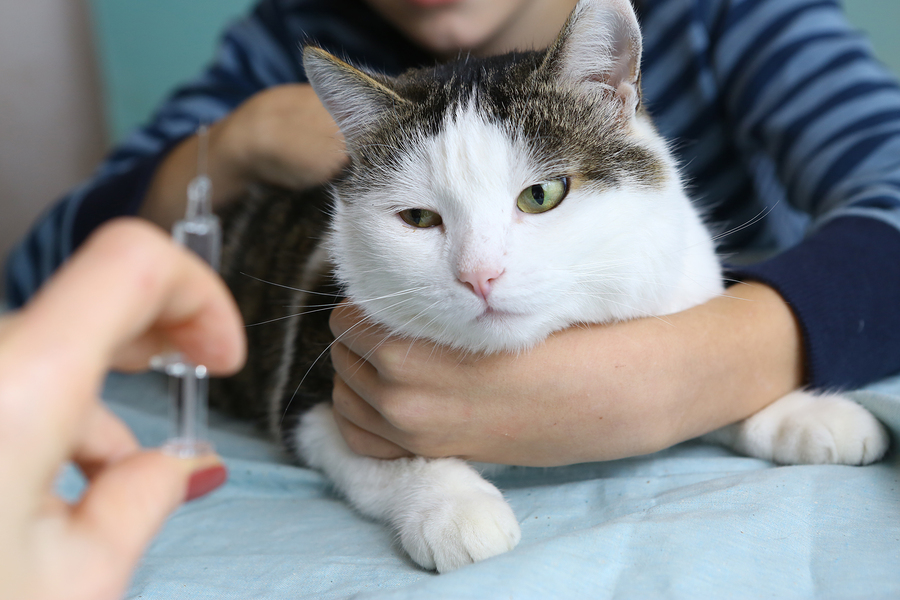Julie Liu, DVM
Before learning about Fear Free handling techniques, one of my biggest fears about my cat, Puff, was that he would someday become diabetic and require insulin injections. While he is a friendly cat, he is so resistant to restraint that even applying topical parasite preventive on him monthly could be a struggle, not to mention the nightmare of bringing him to the clinic and handling him for labwork (picture a 12-pound white and orange bucking bronco).
I have encountered a similar level of panic in a number of my clients faced with the diagnosis of diabetes in their cat. Beyond the stress associated with costs of initial diagnosis and treatment, many clients have a high level of anxiety at the thought of giving their cat injections and may even consider euthanasia for a disease that is often ultimately manageable. We can provide a huge service to our patients by educating both clients and our fellow veterinary professionals on Fear Free methods of handling diabetic cats.
Insulin Administration
Fear of needles is nothing new in the veterinary clinic. We see it develop all the time in pets when they jump with the poke of a vaccination. Over time, they begin to anticipate that when their skin is touched, pinched, or lifted, a needle will follow. You may even observe this occurring within the course of the same appointment when you have to give several vaccines. While we set a goal for diabetic remission in our feline patients, unfortunately this won’t be possible or permanent for all cats, so getting clients comfortable with handling their cat for injections is vital.
Prepping Pet Owners
The good news about managing diabetic cats is twofold: insulin needles are tiny and most diabetic cats love food. I normally ask owners to administer insulin while their cat is obliviously munching away on breakfast or dinner. For those with a cat like Puff, taking time to desensitize and countercondition the baby steps leading up to the injection is recommended since these types of cats always seem to know when their owners are up to something.
Start with having the owner find a comfortable location in the house for feeding and insulin administration and practice remaining next to their cat while the cat is eating. Next, have the owner desensitize the cat to being petted between the dorsal shoulders while eating, followed by desensitization and counterconditioning to the owner gently lifting and releasing the skin. For needle-reactive cats, practicing fake injections with the tip of a pen. Using the Fear Free vaccination technique of applying numbing cream a few minutes before injection will help ensure that the process remains more positive and less like a horror movie where the owner is chasing the cat around the house with an uncapped needle.
Blood Glucose Monitoring
Have you ever taken a blood glucose reading from a cat in the clinic while he’s growling and hissing and wondered how accurate your 391 value was? Similar to Doppler blood pressure, if your feline patient has an FAS level of 4 or 5, you may not be able to trust those blood glucose numbers.
To minimize stress hyperglycemia, all of the normal Fear Free recommendations you would make for reducing FAS associated with vet visits apply to in-clinic blood glucose curves: desensitization and counterconditioning to the carrier, low-stress handling at the clinic, and most of all, pre-visit pharmaceuticals. Unfortunately, even with taking all of these precautions, your feline patients will likely experience some stress. If you rely on serum fructosamine you’ll get a general idea of their level of blood glucose control over the preceding week but miss the nadir and other parameters. As a result, home blood glucose monitoring has become a much more common and Fear Free method of assessing diabetic control.
Historically, I’ve asked owners to purchase their own AlphaTRAK™ glucometer kit online and scheduled a technician appointment for a demo with their cat on how to obtain the needed microdrop of blood from the marginal vein along the haired portion of the ear pinna. Similar to desensitization and counterconditioning to handling the cat for insulin injections, the same approach can be used for blood glucose sampling. Using a cotton ball to stabilize the non-haired portion of the pinna and a 27-gauge needle will improve patient comfort.
Clinics can create a standardized home blood glucose curve form containing patient information, current diet, current insulin type/dose, blood glucose level prior to the start of feeding/insulin, and readings every 2 to 4 hours over a 12-hour period. Once this is completed and emailed back to the clinic, a blood glucose curve consult fee can be charged to the owner prior to having the doctor contact the client. While you may get some pushback from clients regarding this fee, keep in mind that the fee is typically a fraction of the cost charged for an in-clinic curve, and client education on home blood glucose sampling will empower owners to verify hypoglycemia if symptoms are seen and seek veterinary care if indicated.
Recently, continuous glucose monitors (CGM) such as the Abbott Freestyle Libre™ glucose monitor have provided another option for Fear Free management of diabetes. While these products are used off label in pets and require an in-clinic visit to apply the device, they can provide continuous interstitial (subcutaneous) glucose sampling for 10 to 14 days on feline patients where an at-home curve is not possible.
Once the small sensor is applied to the skin, the owner simply scans the device with their phone periodically to transmit the data, which can also be shared with the clinic. A glucose curve consult fee can be charged to the owner at the time of application of the CGM that will cover the consult with the veterinarian at the end of the two-week period. CGM can also be used to reduce FAS at the clinic for hospitalized diabetic cats such as those receiving treatment for diabetic ketoacidosis or pancreatitis.
Caution must be used to avoid overinterpretation of glucose readings by the owner, and even when placed correctly the sensors may fail to obtain data. However, the ability to avoid multiple needle pokes at home or in the clinic makes these devices an appealing Fear Free alternative to how we traditionally monitor diabetic patients.
Telemedicine
In the age of Covid and curbside veterinary care, many clinics have ventured into teleconsults, which are a great addition to the Fear Free toolkit. What could be more Fear Free than helping your patient from the comfort of their own home?
Once a veterinarian-client-patient relationship is established based on the rules of your state, clinics can offer paid video teleconsults with an experienced technician or a veterinarian to guide a client through low-stress handling for insulin injections and blood glucose sampling while they are working with their own cat. Teleconsults also allow for education on signs of FAS that the owner may not pick up on such as a flicking tail tip or flattening ears that necessitate a change in handling.
Feline diabetes can be a challenging disease for owners as well as veterinary staff, and as always, we need to consider the client’s lifestyle and the patient’s symptoms in our recommendations. Whether your patient is at home or at the clinic, tailoring your treatment plan to include Fear Free techniques will help build confidence and increase success with disease management.
This article was reviewed/edited by board-certified veterinary behaviorist Dr. Kenneth Martin and/or veterinary technician specialist in behavior Debbie Martin, LVT.
Julie Liu, DVM, CVA (Certified Veterinary Acupuncturist) is a small-animal veterinarian who practices in Austin, Texas. In addition to advocating for Fear Free handling of pets, she is passionate about feline medicine and senior pet care.


